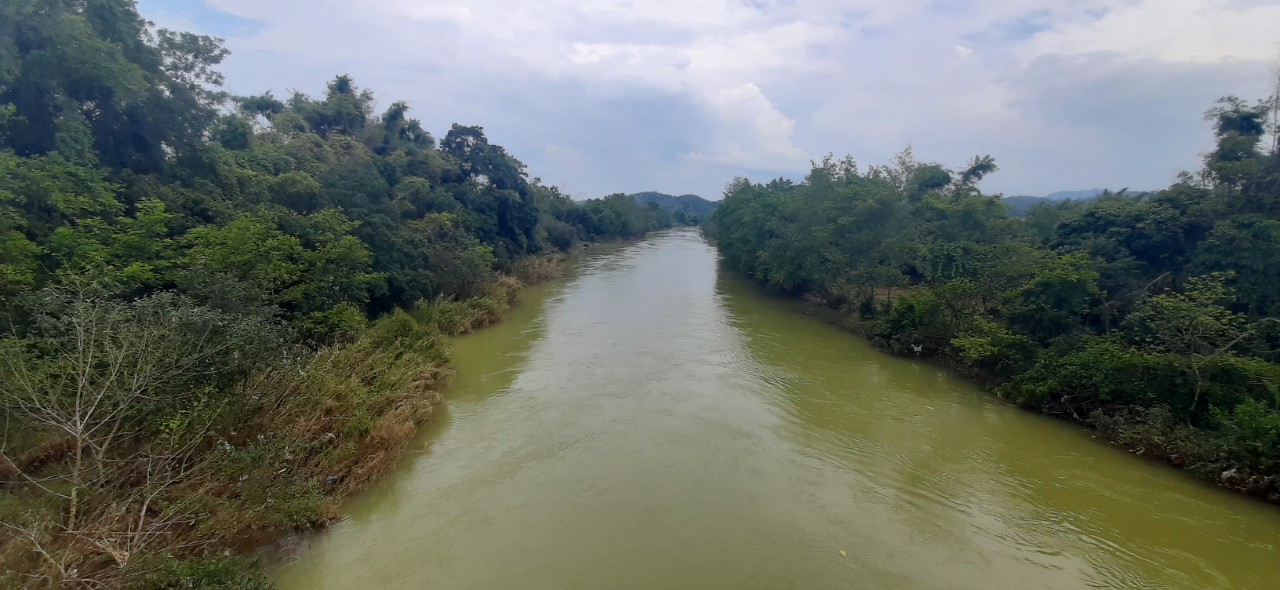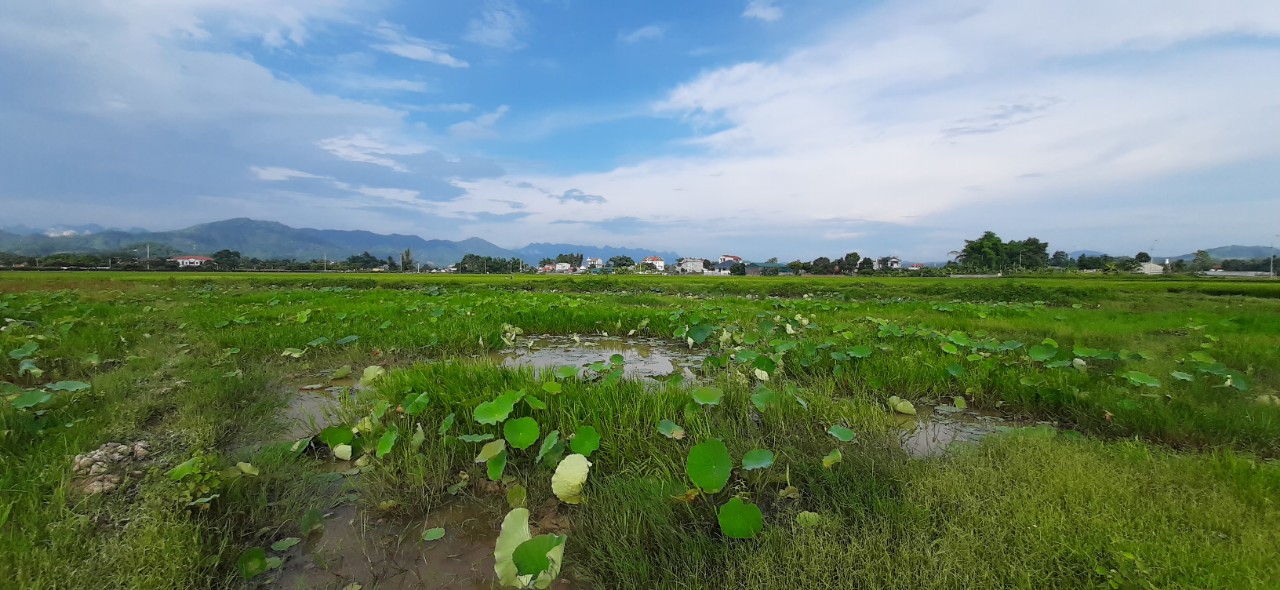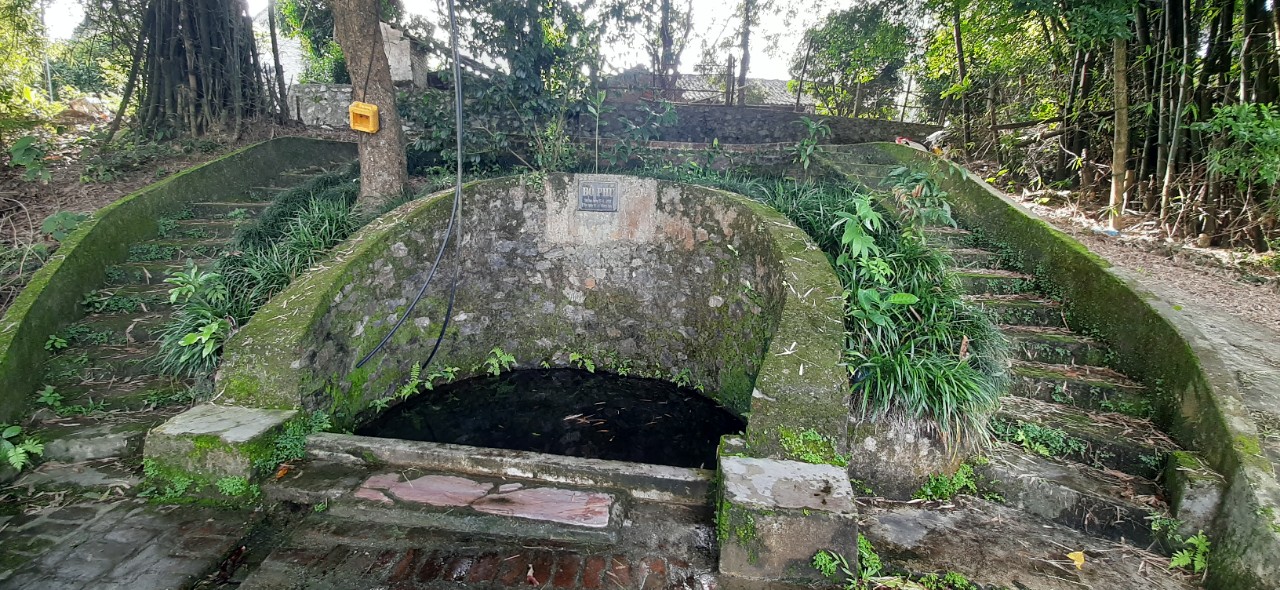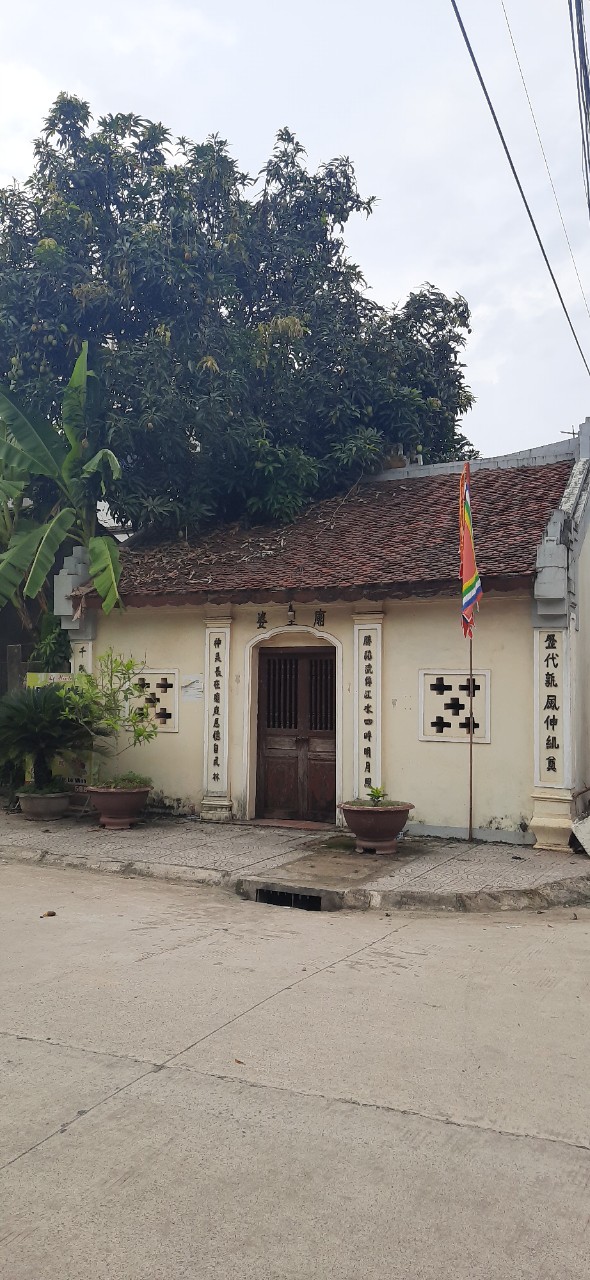Discover the capital city of the Mac dynasty through remaining vestiges
The Mac dynasty’s capital city in the past or Na Lu citadel in Hoang Tung commune, Hoa An district is about 10km from Cao Bang city. Na La citadel is located in the Hoa An tectonic basin, resulted from the separation of Cao Bang-Tien Yen deep fault. The fault created a fantastic andscapes with the Bang Giang River and a fertile flat field. On the “Experience History and Freedom” route of Non nuoc Cao Bang geopark, it is truly an attractive experience to discover the Mac dynasty during the period in Cao Binh (Cao Bang) from 1592 to 1677 through remaining vestiges.

In 1592, the Mac was defeated by the Le-Trinh and had to flee from Thang Long capital to Cao Bang. From the advice of Trang Trinh Nguyen Binh Khiem (the first doctoral candidate of a royal competition under Mac dynasty) “Although Cao Bang is a small area, it is possible for the Mac to live there for several generations” (literally meaning) started a prosperous Mac dynasty in Cao Bang, lasting for over 80 years with many profound influences on every aspects of economy, culture and society.
The first stop of the Mac dynasty relic complex in Na Lu citadel is King Le temple, which is not only a place to pay a visit and pray or peace but also an evidence of important cultural and historical values. King Le temple in the past is the palace of the Mac dynast, situated on the Dragon Mount in the Na Lu citadel complex. The Na Lu citadel was built of brick in the shape of a rectangle, in the citadel there are 4 mounts named respectively: Dragon, Unicorn, Turtle, and Phoenix. Besides the Dragon mount where built the palace, the highest is the Unicorn mount, the largest is the Turtle mount in the north of the citadel. The Phoenix mount is in the middle of the other mounts, running along the east wall, in the center of the citadel, there were a lotus pond and a Chinese chessboard field where the Kings spent his relaxing time.

In 1677, the Le House brought its troops from Thang Long capital to attack the Mac House in Cao Binh, the Mac House lost the ground and fled from Na Lu to hold out Phuc Hoa citadel (present day Hoa Thuan town, Quang Hoa district, Cao Bang province). In 1682, the proconsul of Cao Binh, Le Thi Hai had the palace repaired into King Le temple.
Another site cannot be missed when discovering the Mac Dynasty is the Da Quan pagoda relics complex, which was built on the property granted to Da Quan Mac Ngoc Lien, a meritorious official of the founding of the Mac dynasty. Within the relics complex, there are Quan Trieu temple dedicated to legendary general Duong Tu Minh, from Quan Trieu commune (Phu Luong-Thai Nguyen province), a Tay ethnic leader who had merit in protecting the northern border in the Ly dynasty.
Coming here, visitors can feel the restfulness and sacredness of the temple, the pagoda and the ancient the banyan tree, along with the national treasure pair of bells, dating back to 1611 under the Mac dynasty. On the surface of the bells imprinted an inscription praising the beauty of Thach Lam province. Especially, there is still a folk story about the fight between the god bells with the python on the Bang Giang River to protect the people. The pagoda festival takes place on the 8th and 9th lunar January.

The Bo Phu ancient well is the place where imperial maids and the students in Ban Thanh national school take water for daily use. The well with clean and cool water source has existed for over 300 years. Currently, the local people still use water from this well.

A sacred place to commemorate the Empress of King Mac Kinh Vu is the Empress Mac temple in Cao Binh, a loyal women who committed suicide by throwing herself into river to keep her dignity and loyalty when the Le troops captured Na Lu citadel and chased the mandarins, troops and relatives of the Mac House.
In addition, there are other vestiges in the relic complex of capital of the Mac dynasty for tourists to learn about such as: the site of Ban Phu national school, Hang Shen market, Chinese chessboard field, cannonball garden, etc.
Reader Comments
Newer articles
Older articles


